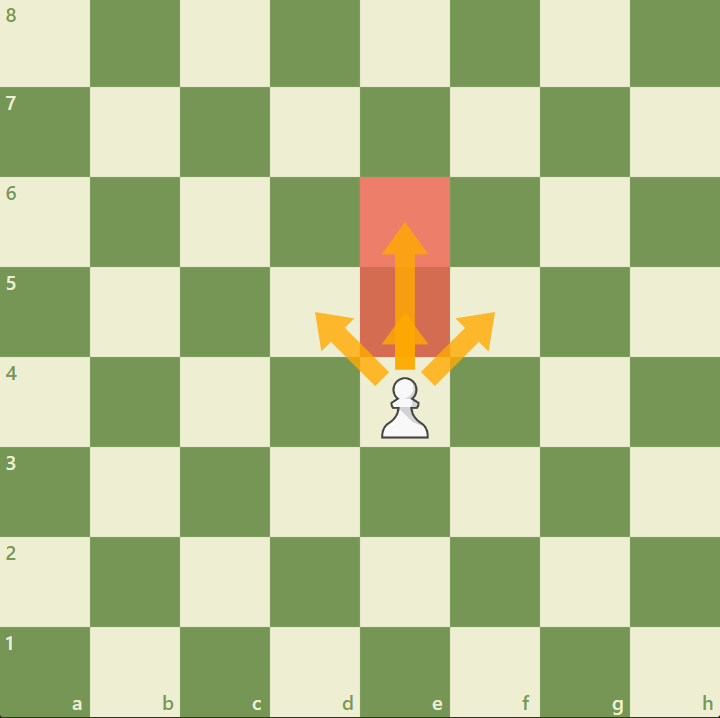
The first step to playing chess is to know what all the pieces do. Pawns are the least valued piece, worth 1 point, at can move forward one space. They can take another piece by moving diagonally forward and on their first move, as long as they're in the starting position, can move two spaces forward. They cannot move through another piece and they start at the top layer of pieces.
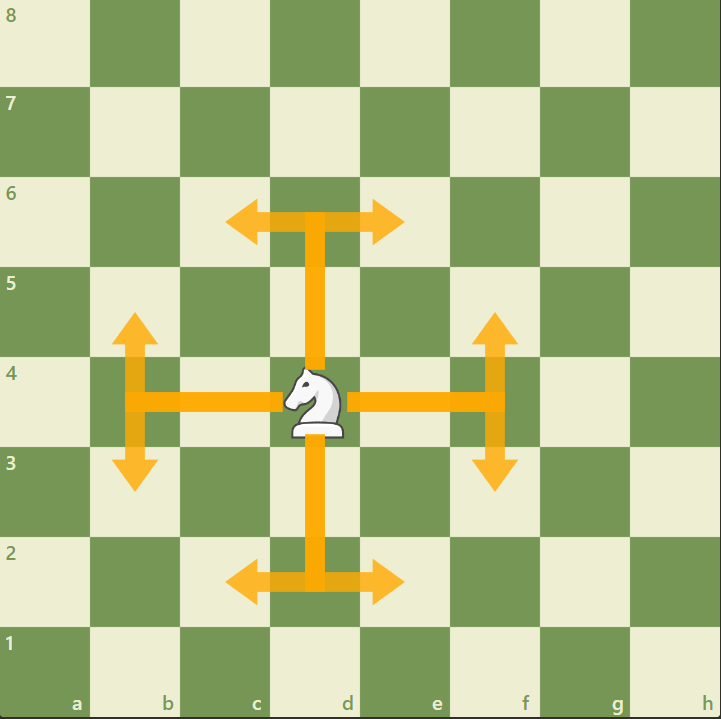
The next piece is the Knight. They're worth 3 points and move in a weird fashion. They can either go two spaces up or down and one space left or right, or they go two spaces left of right and one space up or down. They're the only piece that can move through another they start on the second square to the right and left on the bottom row.
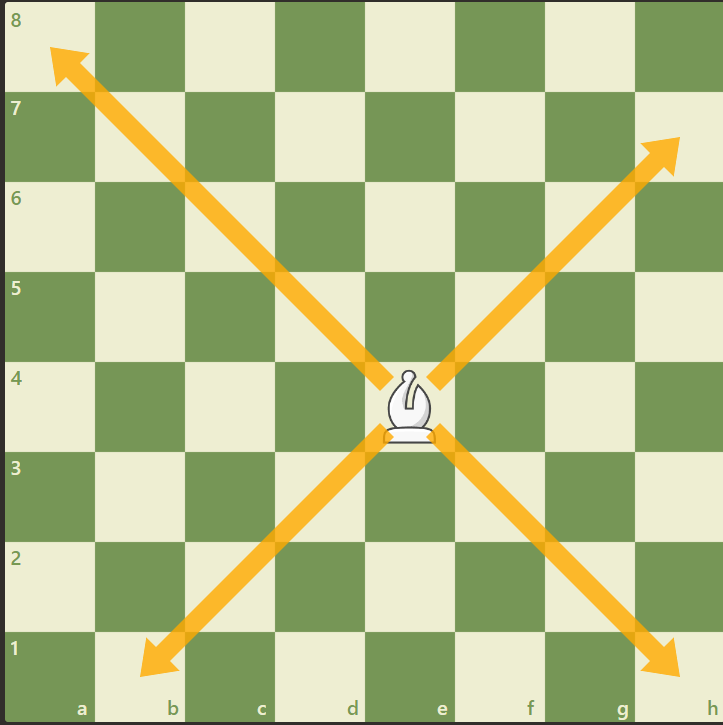
Next is the Bishop. Also worth 3 points and can move diagonally in any direction any amount of spaces. But cannot move through other pieces. They start inbetween the knight and queen or king.
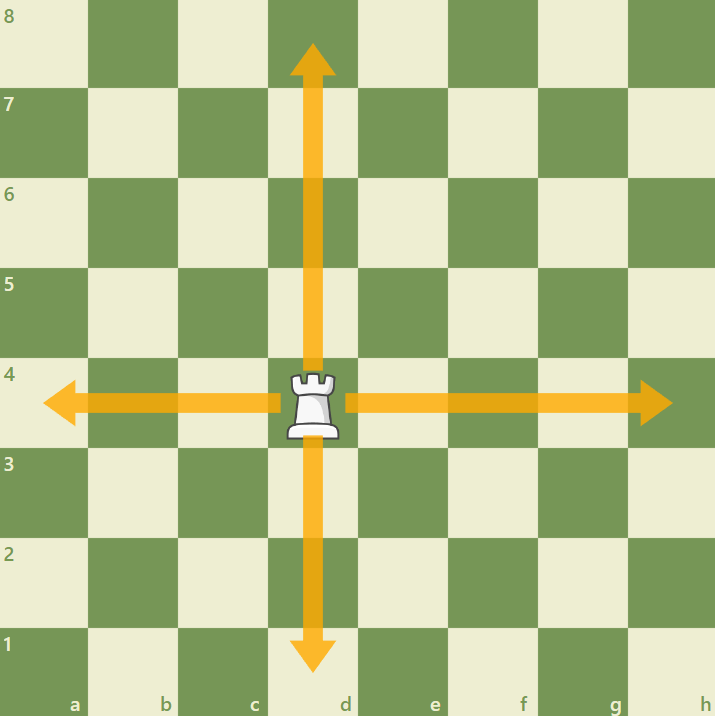
Next is the Rook. They're worth 5 points and moves forward or backward or side to side, any amount of spaces. They cannot move through other pieces. They start on the ends of the board on the bottom row.
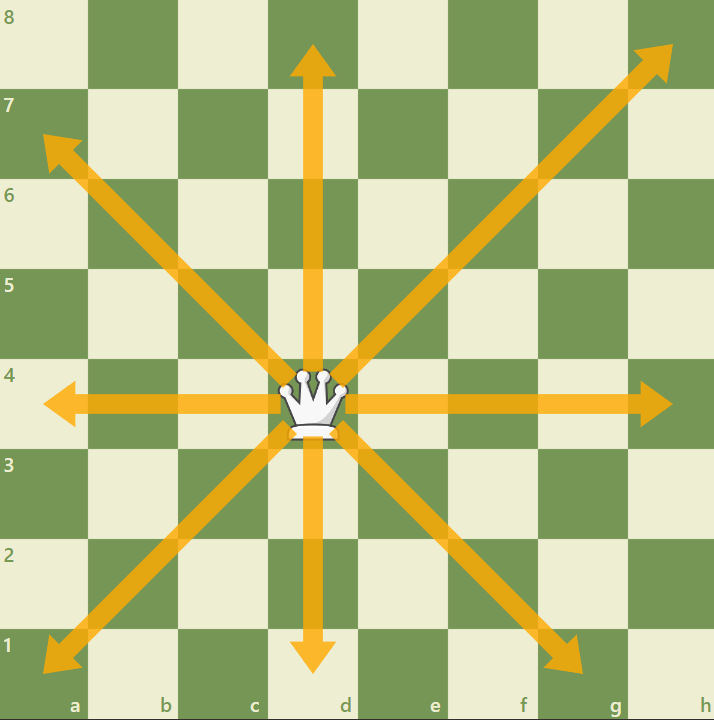
Next is the mighty Queen. The queen is a crossover of the Rook and the Bishop. They move diagonally in ay direction any amount of spaces and move foward or backward or side to side and amount of spaces. They also cannot move through other pieces. She starts in the middle of the board on her color, he color is a white square if you're playing the white pieces and a black square if your playing the black pieces.
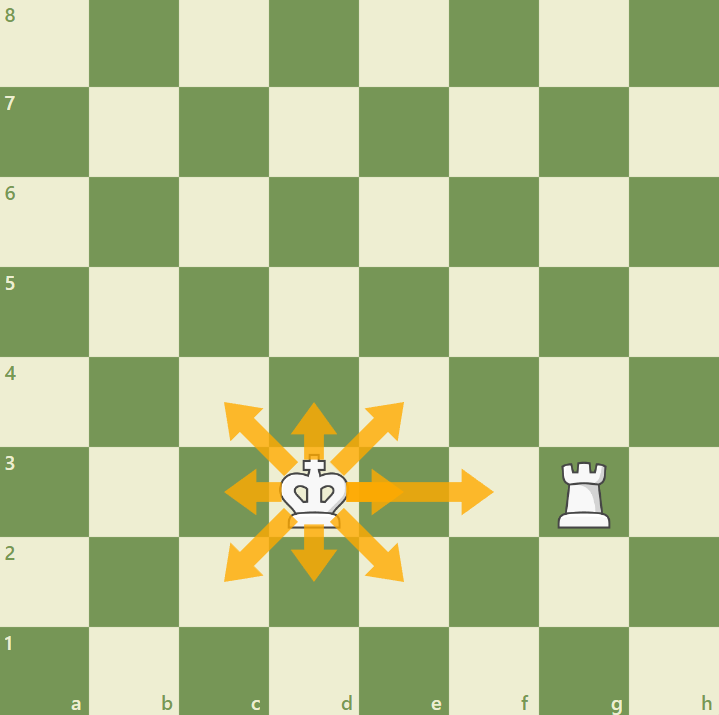
Finally, we have the King. It moves one spce in any direction, diagonally or straight. You know the drill now, it cannot move through toher pieces.
Each king can make a special move known as castling once per game. Castling entails moving the king two squares along the player's first rank toward a rook on the same rank, then placing the rook on the last square crossed by the king.
If the following criteria are met, casting is allowed.
If the rook is under assault or crosses an attacked square, casting is still permitted
When a pawn advances two steps from its starting position and an opponent's pawn is on a square next to the destination square on an adjacent file, the opponent's pawn might capture it en passant ("in passing") and move to the square the pawn passed over. This can only be done on the turn after the opposing pawn has advanced two squares; otherwise, the right to do so is forfeited.
When a pawn advances to its eighth rank, as part of the move, it is promoted and must be exchanged for the player's choice of queen, rook, bishop, or knight of the same color. Usually, the pawn is chosen to be promoted to a queen, but in some cases, another piece is chosen; this is called underpromotion. There is no restriction on the piece promoted to, so it is possible to have more pieces of the same type than at the start of the game (e.g., two or more queens). If the required piece is not available (e.g. a second queen) an inverted rook is sometimes used as a substitute.
Opening, middle game and endgame